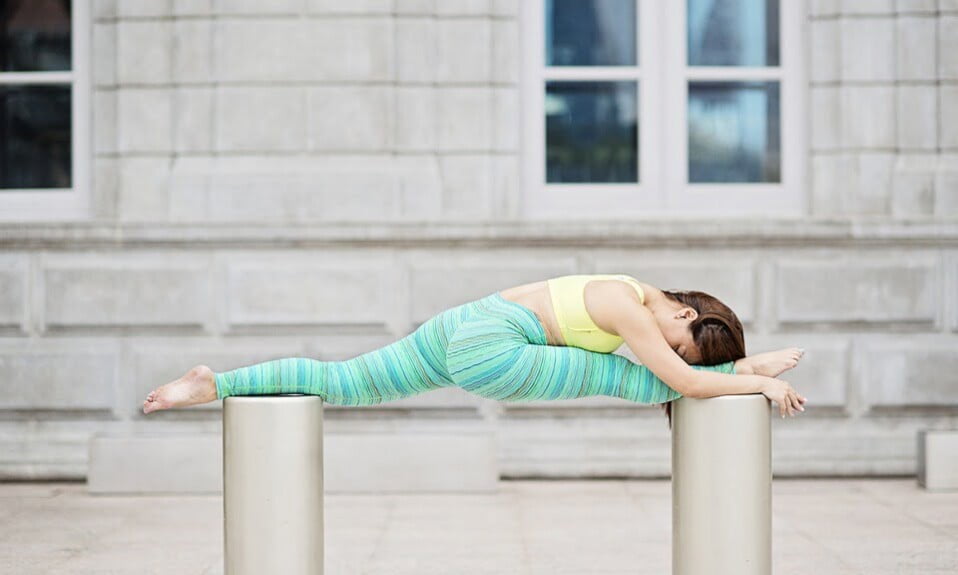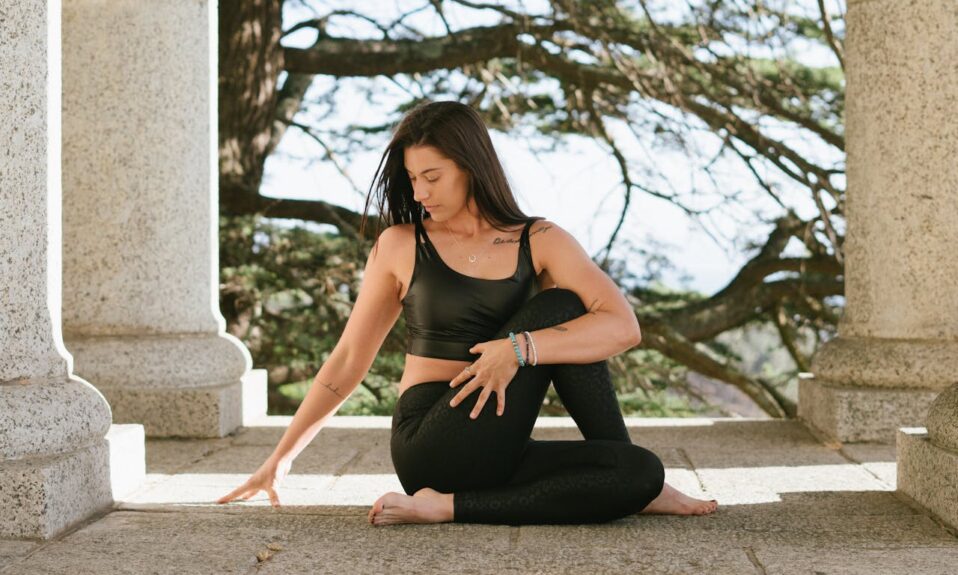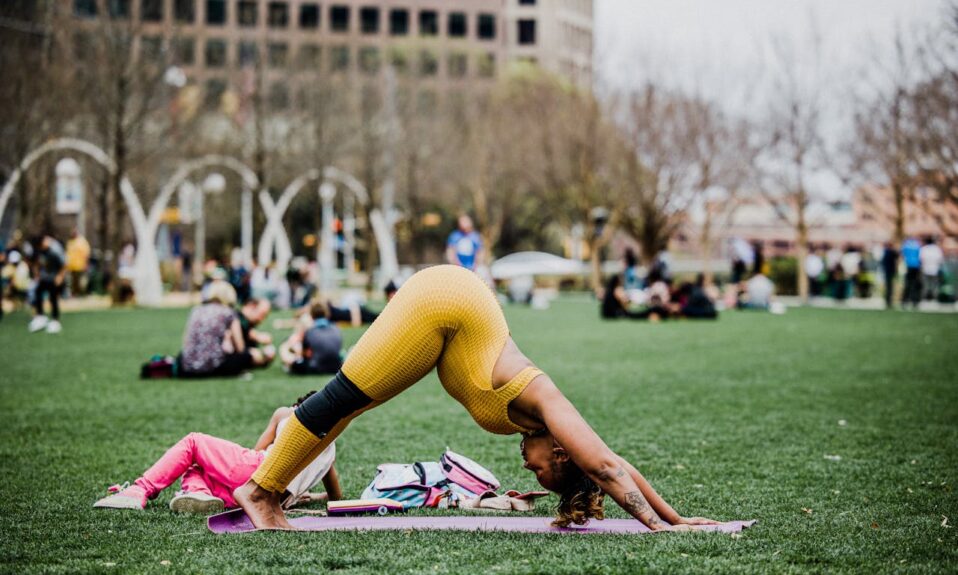In this article, we will discuss the essential items you should bring to your next yoga class to ensure you have a comfortable and enjoyable experience. Whether you’re a seasoned yogi or new to the practice, having the right gear and accessories can make a big difference in your overall experience. Read on to learn what to pack and how to prepare for your next class!
What Should I Wear to a Yoga Class?
When it comes to choosing your outfit for a yoga class, comfort is key. Opt for breathable, stretchy fabrics that allow for ease of movement. Many yogis prefer wearing leggings or yoga pants paired with a comfortable tank top or t-shirt. Make sure your clothing allows you to move and stretch without feeling restricted. Women may also want to consider wearing a sports bra for added support during more vigorous poses.
In addition to your clothing, it’s important to bring a pair of socks and a light sweater or jacket, as some yoga studios and gyms can be on the cooler side. You’ll also want to bring a water bottle to stay hydrated throughout your practice.
What Yoga Equipment Do I Need?
While some yoga studios provide mats and props, it’s always a good idea to bring your own mat if you have one. Having your own mat ensures that you have a clean, comfortable surface to practice on, and it’s also more hygienic. Look for a non-slip, cushioned mat that provides support for your joints and stability for your poses.
Props such as blocks, straps, and bolsters can also enhance your practice by helping you achieve proper alignment and deepen your stretches. If you have any existing injuries or limitations, props can be especially beneficial in modifying poses to suit your needs. Most yoga studios will have props available for use, but bringing your own can be a convenient option.
Should I Bring a Towel?
Bringing a towel to your yoga class can be useful for wiping away sweat and providing a barrier between you and your mat. If you tend to perspire a lot during your practice, a towel can help you maintain a good grip and prevent slipping. Many yogis also use towels to cover their mats for added cleanliness, especially if they are sharing studio mats with others. Consider packing a small hand towel for your face and a larger towel for your mat.
How Should I Prepare for a Yoga Class?
Before you head to your next yoga class, take a moment to prepare mentally and physically. Allow ample time to arrive at the studio, check in, and set up your mat and props. Avoid eating a heavy meal before your practice, as this can cause discomfort during certain poses. Instead, opt for a light snack or meal at least an hour before your class.
It’s also a good idea to come to class well-hydrated, so be sure to drink plenty of water throughout the day. Turn off your phone and any other distractions before entering the studio, and try to arrive with an open mind and a positive attitude. Take a few deep breaths and set an intention for your practice to help you stay focused and present throughout the class.
Conclusion
By packing the right essentials and preparing your mind and body, you can make the most of your yoga class experience. With the proper clothing, equipment, and mindset, you’ll be ready to fully engage in your practice and reap the benefits of this ancient tradition. Remember to listen to your body, respect your limits, and enjoy the journey of self-discovery through yoga.
FAQs
Can I practice yoga without a mat?
While it’s possible to practice yoga without a mat, having a good quality mat can greatly enhance your experience by providing cushioning, support, and stability during your poses.
Do I need to bring my own props to a yoga class?
Most yoga studios provide props for their students to use, but if you have your own props, it can be beneficial to bring them for added convenience and hygiene.
Can I wear shoes during a yoga class?
In traditional yoga practice, shoes are not worn during the class. Most yogis practice barefoot to improve balance, flexibility, and connection to the ground.
Should I bring my own water bottle to a yoga class?
It’s a good idea to bring your own water bottle to stay hydrated throughout your practice, especially if the studio does not provide water or if you prefer to have your own supply.
Is it okay to eat right before a yoga class?
It’s best to avoid eating a heavy meal right before a yoga class, as this can cause discomfort during your practice. Instead, opt for a light snack or meal at least an hour before your class to provide sustained energy.





